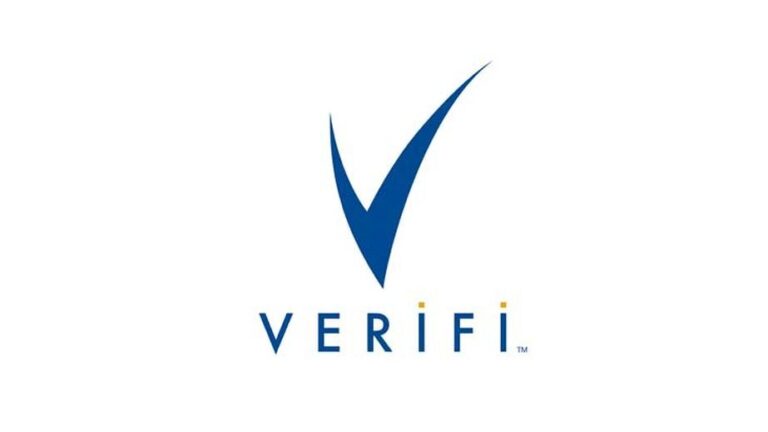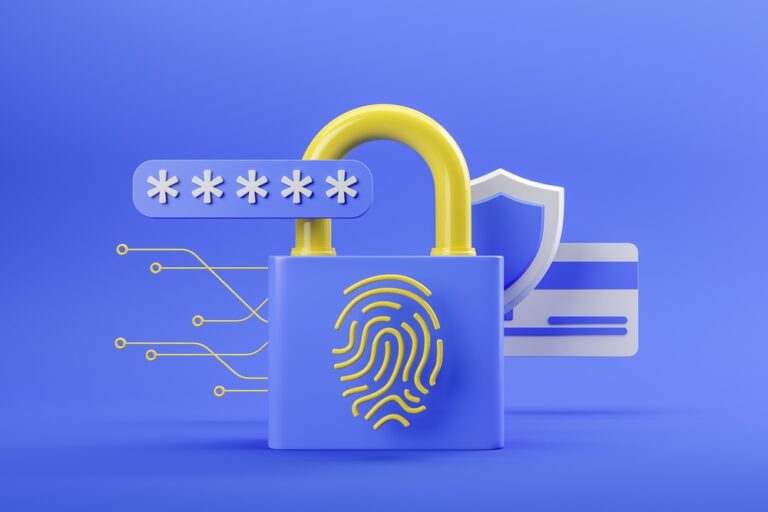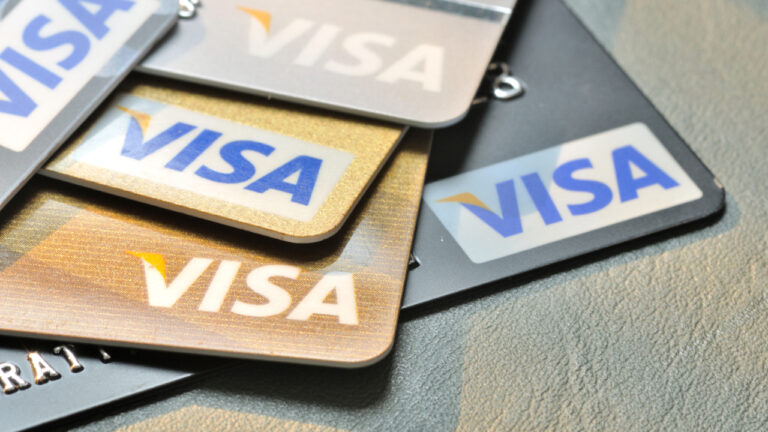A PayPal Chargeback: Is the Seller Protection Program Enough?

PayPal is one of the largest payment companies in the world, with over 200 million active accounts, and a presence in more than 200 markets. It’s commonplace to see PayPal alongside VISA and MasterCard as a payment option for most online transactions (sorry, Discover). However, not everything is fine and dandy, especially when it comes to PayPal chargebacks.
For all the disruptions and improvements that have been brought to the payments industry, PayPal does not exactly protect you from chargebacks. However, PayPal does offer a Seller Protection Program that can help you reduce the number of chargebacks and disputes a merchant can receive.
Seller Protection Program – An Added Ring of Security
The Seller Protection Program is a ring of security for merchants provided by PayPal, but it does not cover every type of transaction. For example, in case the item you’re selling is significantly different from how it was described, you cannot count on protection.
In order to be eligible for this protection program, one must meet a specific set of criteria, including:
- The address linked to your account must be in the United States
- Seller Protection only works if the item is tangible (physical goods)
- The protocol was followed (item arrived as described, no damage)
- PayPal’s inquiry for relevant documentation was met
- PayPal Direct, Virtual Terminal, PayPal Business, or PayPal were not used for the transaction in question
Pay special attention to our last point because if you’re a merchant and are using PayPal, chances are you’re using PayPal Business, which is NOT covered by the Sellers Protection program.
The Difference Between Chargebacks and Disputes
One of the things that might confuse some people, especially when it comes to PayPal seller protection cases, is the difference between chargebacks and transaction disputes.
In simple terms, there are two types of transactions – transactions with PayPal and transactions through PayPal. Paying with PayPal means you have either some balance held in your PayPal account or have a linked bank account. In the case of paying through PayPal, the service acts as a processor for your credit card, with an added layer of security.
Issues with payments made through PayPal become chargebacks. Issues with payments made with PayPal, become transaction disputes.
Chargeback Applications Submitted Through PayPal
PayPal transaction dispute is basically an internal matter between two users, without the involvement of 3rd parties like banks. These situations are resolved by the company directly.
Clients who pay through PayPal can file a chargeback claim with their issuing bank, no different than a regular chargeback. And like any other chargeback, the issuing bank automatically withdraws money from the merchant’s account and charges a fee. If the merchant does not step up to prove the claim is false, the client gets an immediate refund, and the situation ends there.
When it comes to transactions made with credit cards, PayPal does not initiate or deal with the chargebacks; the issuing and acquiring banks handle everything. PayPal operates as a processor in such instances, meaning they will help you to a certain extent, but you shouldn’t expect a lot of involvement from their side.
PayPal does offer protection for sellers, you can count on their support, but most of the hard work still falls on the merchant.
The Resolution Center
PayPal offers a Resolution Center for transactions paid with PayPal. PayPal requires merchants and customers to work things out among themselves. However, if the buyer and the merchant cannot come to a compromise, things get formal and PayPal will then intervene.
Just like any bank, PayPal will seek compelling evidence from the merchant, including receipts, proof of delivery, and other relevant and important data. Therefore, it is important to keep a record of all documents during the transaction, the same as with any other form of payment. If the charges are invalid, the merchant account will be reimbursed.
PayPal Dispute Time Limit
The buyer has up to 180 days (roughly six months) to file a claim with PayPal. As you can imagine, this can be quite a burden for merchants; still, it’s not much different than chargebacks with a credit card.
The good thing about chargeback time limits, in this case, is the significant reduction of the time frame once the case has been opened. From that point on, the merchant has seven days to respond to a dispute, and 10 days to respond to a chargeback.
Bear in mind; these time limits are susceptible to change at any time and vary depending on PayPal’s internal policies and other, unforeseen reasons.
How to Stop PayPal Chargebacks
Just like regular chargebacks filed with issuing banks, fraudsters can exploit PayPal transaction disputes. However, there are a couple of things merchants can do to protect themselves:
- Take Part in Sellers Protection Program
PayPal’s seller protection program is a great thing as it offers peace of mind for merchants who are looking for protection, 24/7 monitoring, global coverage, and other useful perks. - Provide Clear Delivery Dates
Make sure your delivery times are worded accurately. Only give a precise date if you can guarantee delivery. Be as vigilant as possible when deliveries are in question, or you could otherwise end up on the wrong side of an “Item Not Received” claim. Be sure to clearly inform the customer of lead times and get delivery confirmations. - Provide Contact Information
In today’s day and age, every business must be available to its clients through various channels, including social media, email, or even by phone. Some buyers are open to resolving their issue directly with you if you give them that access. While this isn’t a very effective way to prevent fraud, it’s an excellent way to minimize chargebacks by resolving the issue long before it becomes a chargeback. Good customer support and open communication with your clients is much more beneficial for the reputation of your business in the long run.
The Conclusion
Now that we’ve covered some of the basic mechanisms PayPal uses in certain situations, it’s time to answer the lingering question of whether Seller Protection Program offers enough protection.
While it’s good to have some protection instead of none, PayPal should improve their protection program by introducing a few new rules in order to prevent buyers from abusing various loopholes. Extending Seller Protection to business accounts would be a great start.
If you need to know more about transaction disputes with PayPal or any other entity, contact us, and we’ll gladly help! Drop us a chat down on the right, shoot us an email, or go old-school and call us 1.800.975.9905






